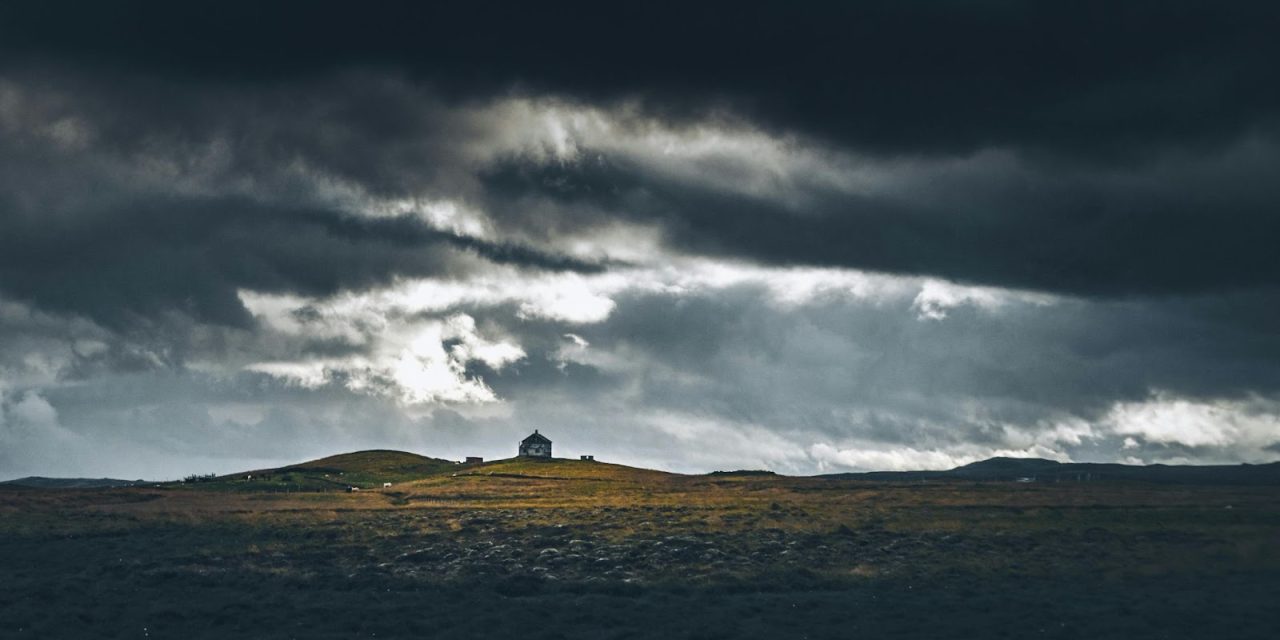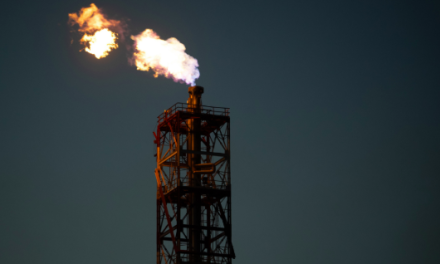Calgary, Alberta, has long been recognized for its unpredictable weather, but the hailstorm that struck on July 15, 2025, was one for the record books. In just under an hour, parts of the city were pelted by hailstones the size of golf balls, leaving widespread property damage, flooding, and traffic disruptions across multiple neighborhoods. As cleanup crews worked to assess the aftermath, the storm also caught the attention of meteorologists and storm researchers across North America.
This extreme event is renewing conversations around changing weather patterns, insurance preparedness, and the science of severe storms. It’s also a critical reminder that even in inland cities like Calgary, the cost and frequency of climate-driven natural disasters are on the rise.
Damage and Disruption Across the City
Emergency crews responded to hundreds of calls during and after the storm. Suburban communities like Coventry Hills, Bowness, and Legacy experienced broken windows, shredded siding, and smashed skylights. Several intersections in central Calgary were briefly flooded, with images showing water rushing over sidewalks and parking lots.
Meanwhile, local hospitals treated minor injuries related to flying debris and traffic accidents. Many residents reported hearing the storm approach with a roar, followed by sudden, intense impacts. In some places, streets were completely covered in white — not from snow, but accumulated hail.
For travelers, the storm also caused delays at Calgary International Airport. Some flights were grounded or redirected due to weather conditions, and passengers were reminded to allow extra time due to enhanced airport screening rules, especially after a temporary power outage affected part of the terminal’s security equipment.
Scientists Zero In: Why Was This Storm So Severe?
Alberta is no stranger to hail, particularly in the area known as “Hailstorm Alley”, which stretches from Calgary to Red Deer and south toward High River. But the intensity and concentration of this July 2025 storm has raised important questions for weather scientists.
According to Dr. Maya Reilly, an atmospheric researcher at the University of Alberta, the storm featured exceptionally strong updrafts and freezing levels — a recipe for large, damaging hail.
“The radar data is showing unusually intense rotation and lift within the cell,” said Reilly. “That helps explain the size and volume of hailstones. We’re particularly interested in how quickly the system intensified — it left almost no warning window.”
Reilly is part of a team now analyzing hail samples and data from mobile Doppler radar units. Their research may offer insights into how such storms are forming more frequently — and how we can better forecast them.
A Broader Conversation About Climate
For many Albertans, this storm brought back memories of the catastrophic hailstorm in 2020, which caused over $1.2 billion in damages — one of the costliest weather events in Canadian history. Though not as expensive, the 2025 storm adds to a growing list of climate-related disasters across the country.
Adding to the string of unsettling natural incidents, earlier in the week a tragic report surfaced from British Columbia, where a girl falls overboard during a boating excursion on a family vacation. The incident, unrelated to the Calgary storm, has nonetheless sparked conversations about climate-driven risks across Canada’s parks, lakes, and coastlines — emphasizing the need for awareness and emergency readiness in all environments.
Insurance and Home Protection: Rising Costs and Urgency
As severe weather becomes more common, so does the cost of recovery. Insurance providers across Alberta are bracing for a new wave of claims related to auto damage, roof repairs, and flood cleanup. Some firms are reviewing policy rates and introducing stricter underwriting in high-risk hail zones.
Homeowners are also being encouraged to take protective steps:
- Installing hail-resistant roofing and siding materials
- Using car covers or garages when possible
- Cleaning gutters and maintaining drainage systems
While these measures may not prevent storm damage entirely, they can help reduce costs and long-term risks.
Final Thoughts
Calgary’s recent hailstorm wasn’t just a powerful display of nature — it was a scientific case study in real time. As experts analyze the data and residents work through repairs, one thing is clear: extreme weather is no longer a rare occurrence, but a recurring challenge we must prepare for.
For scientists, the event is a chance to learn more about storm formation. For residents and policy makers, it’s another push toward building climate resilience — through better forecasting, smarter infrastructure, and public awareness.






